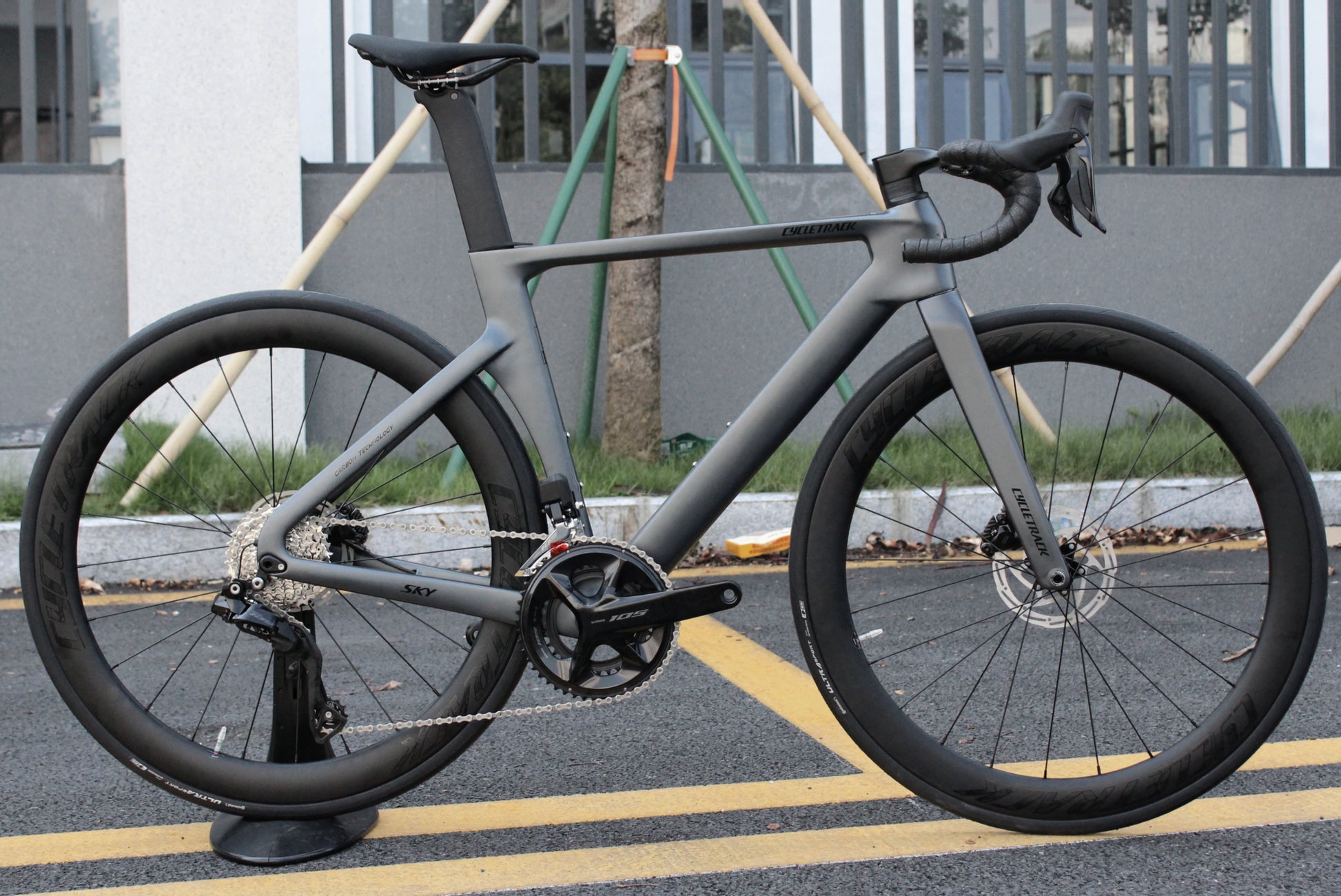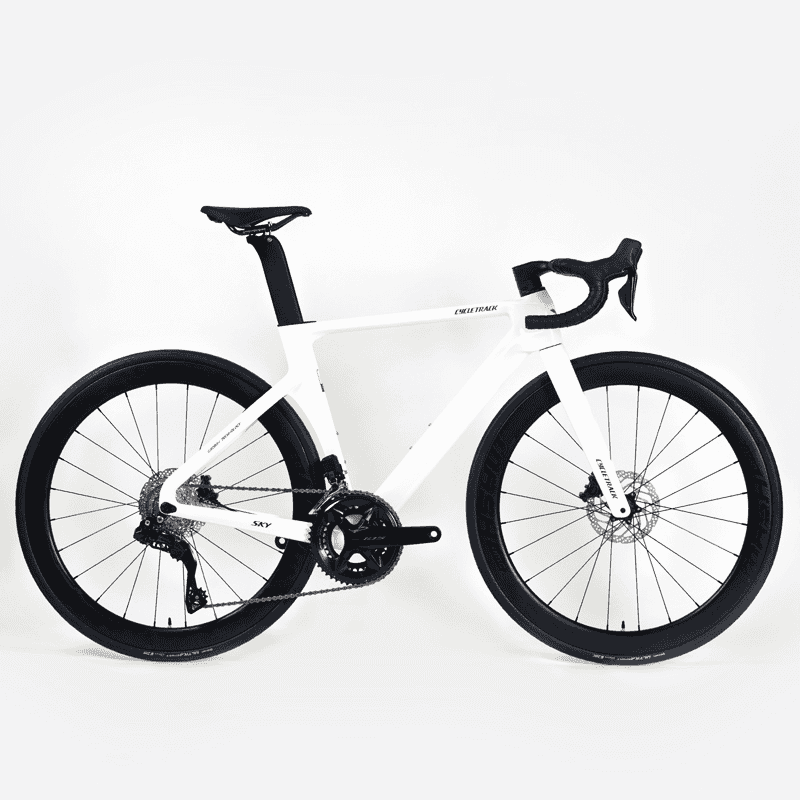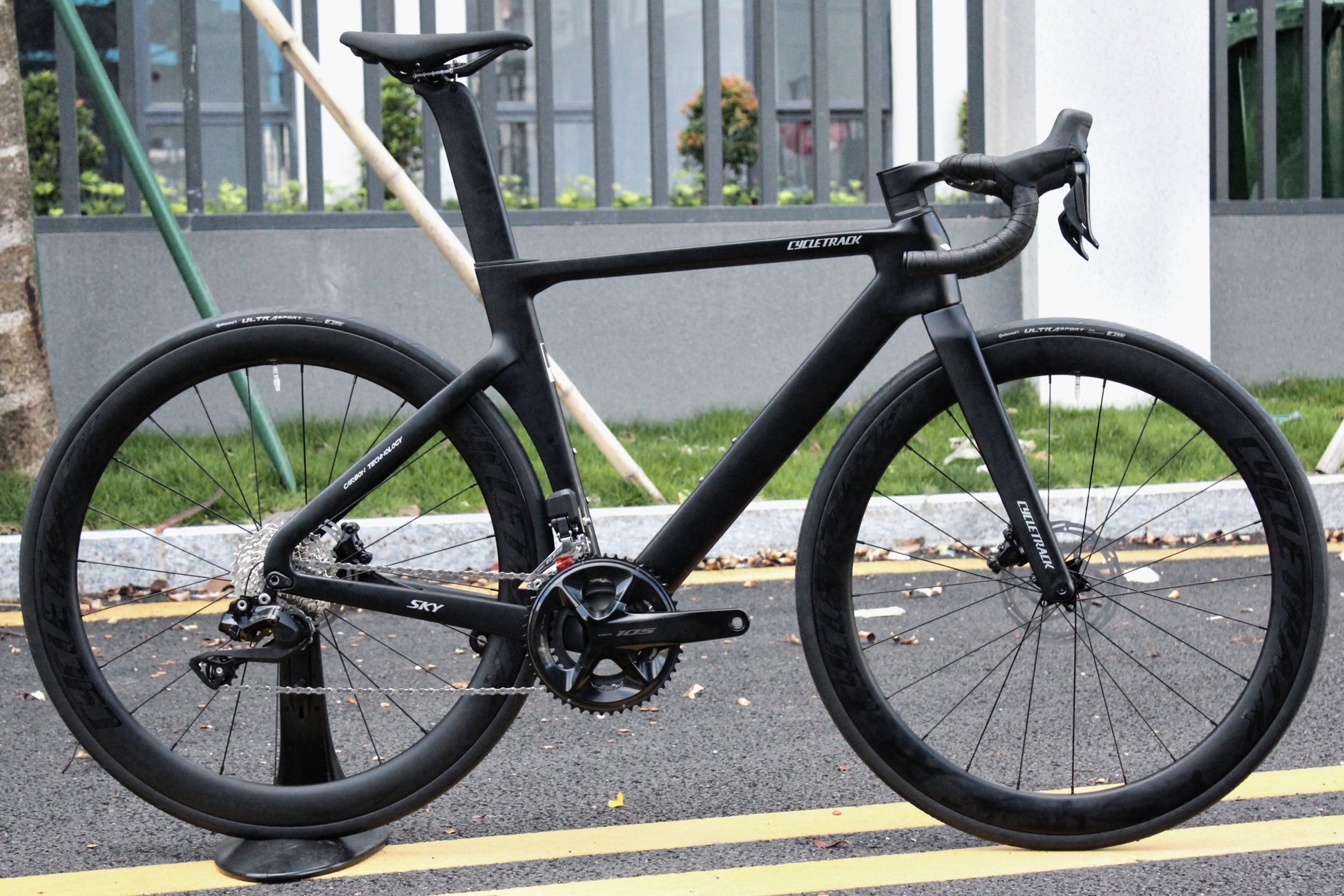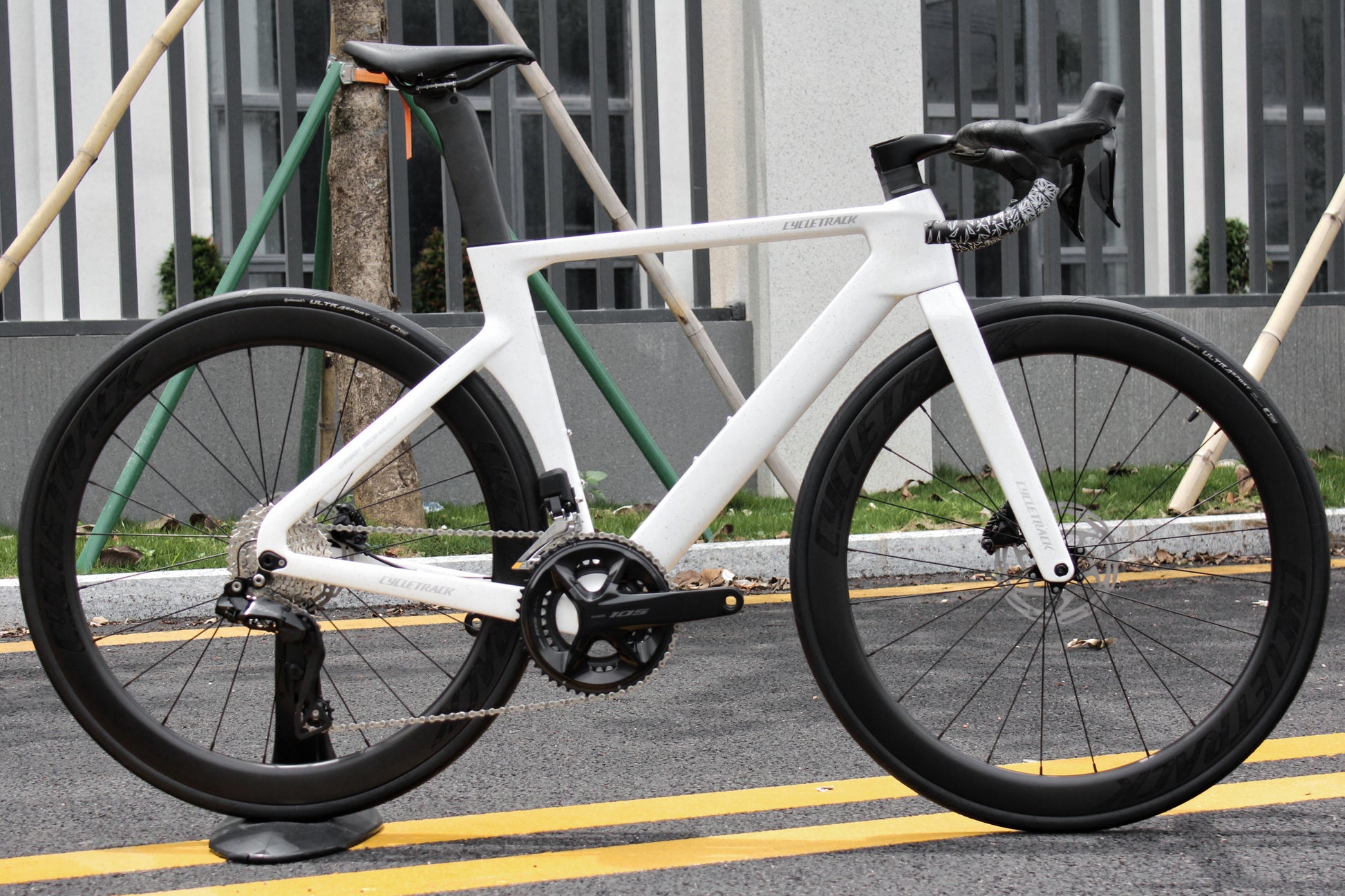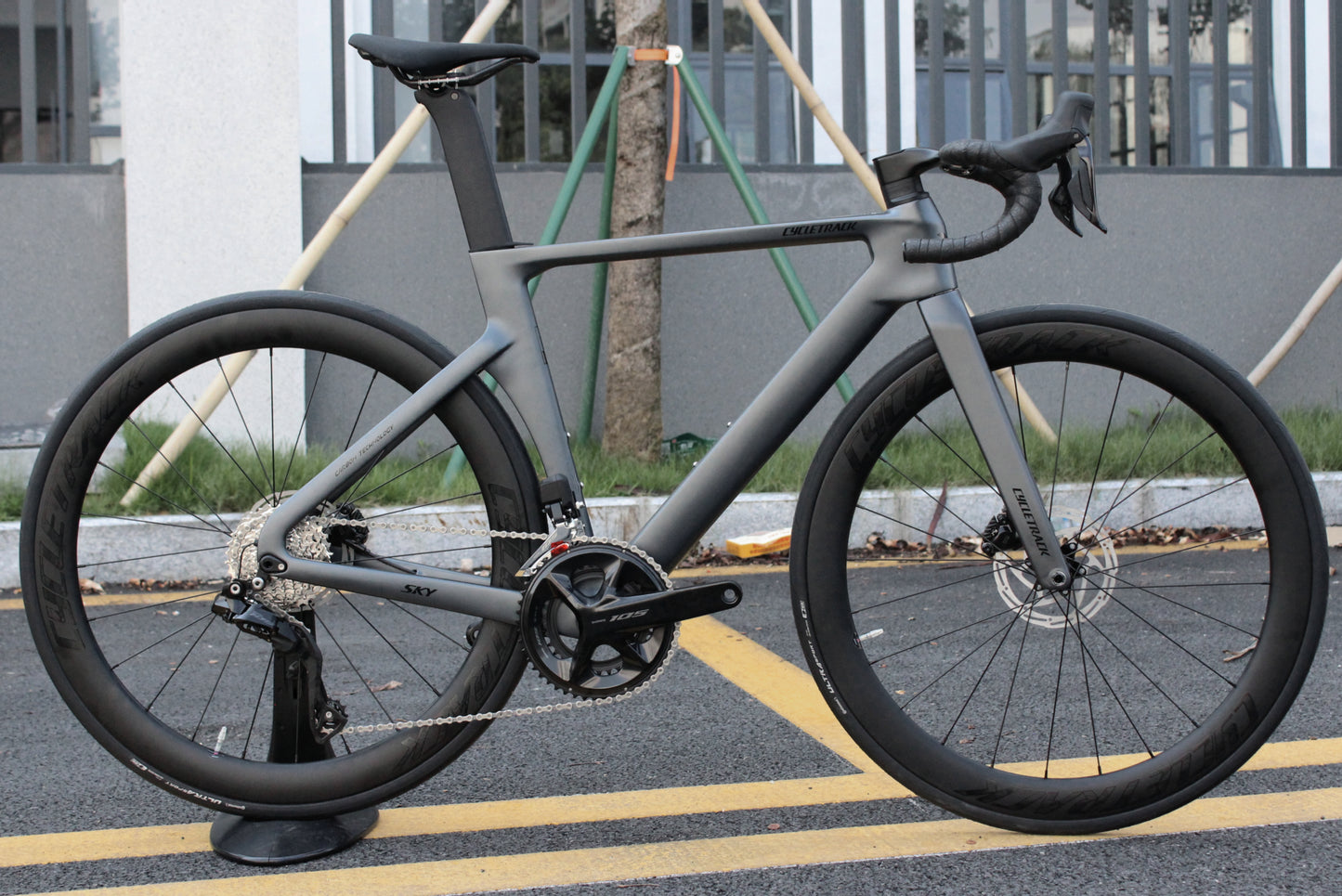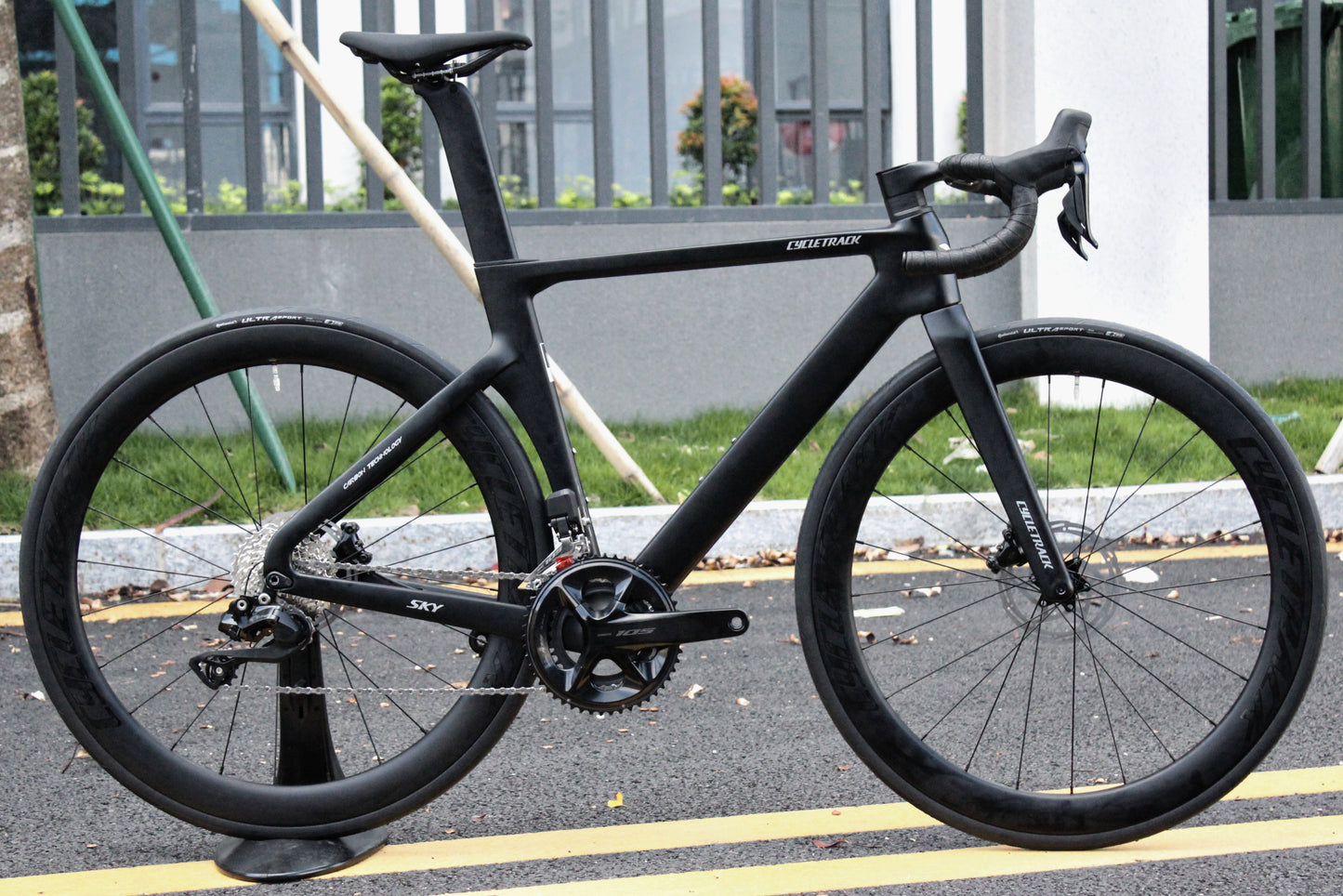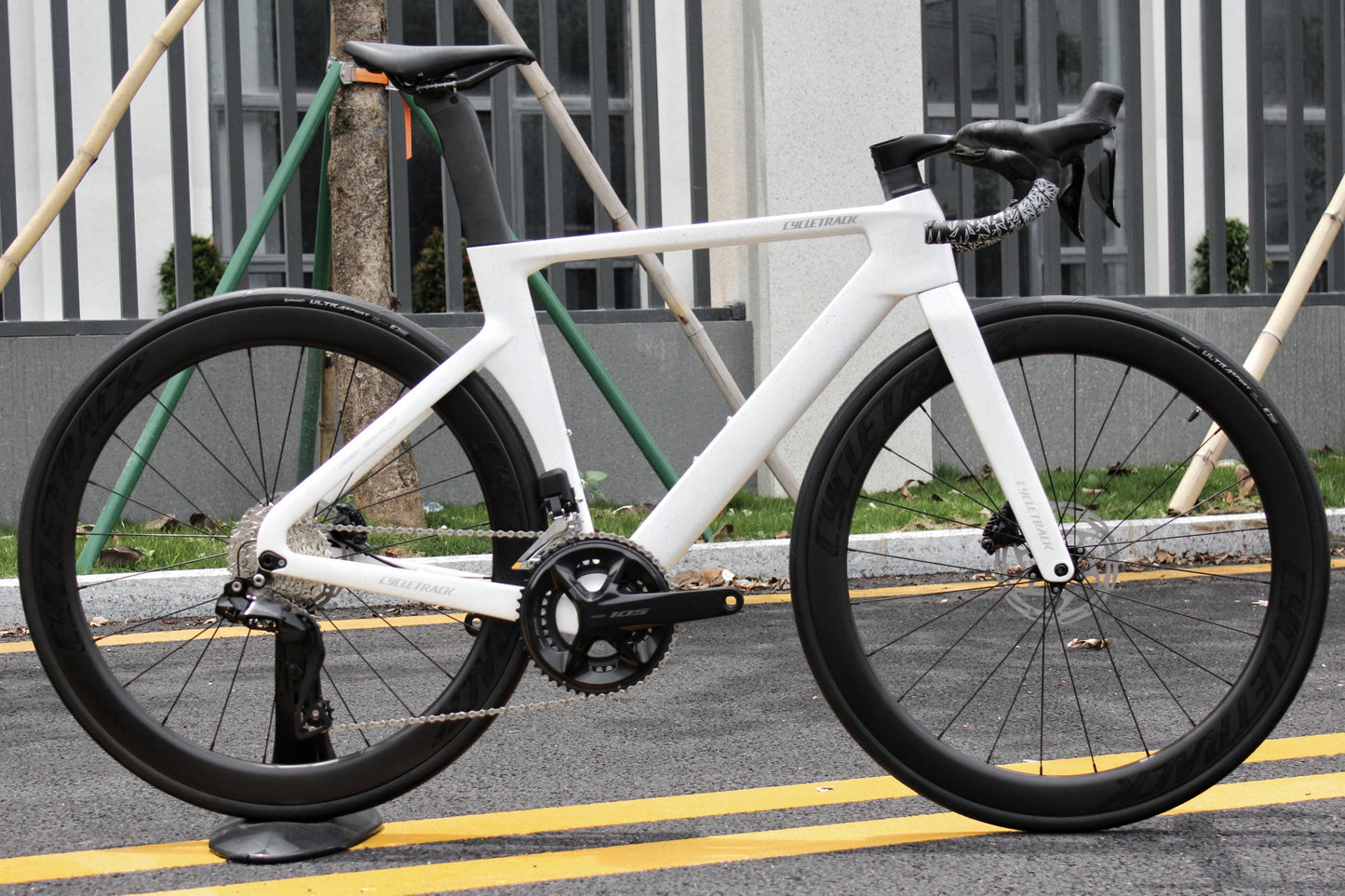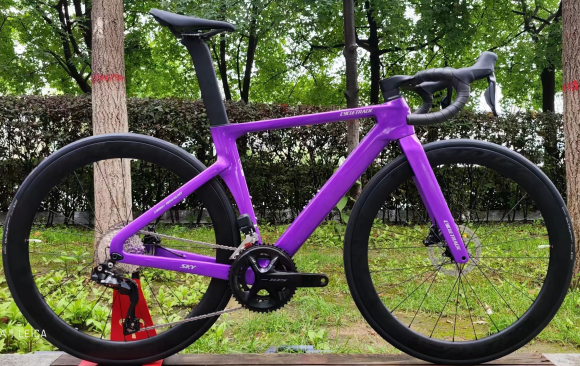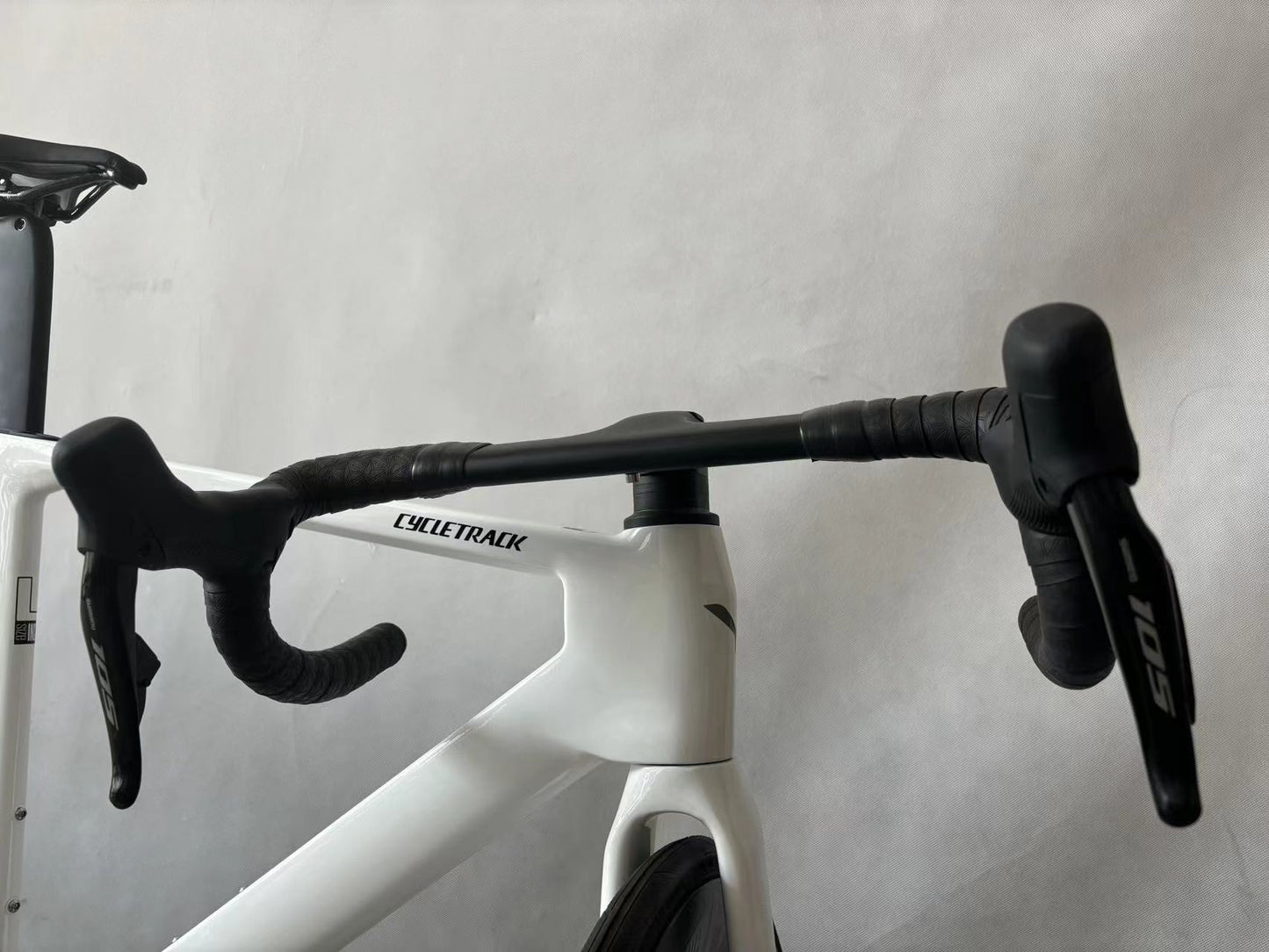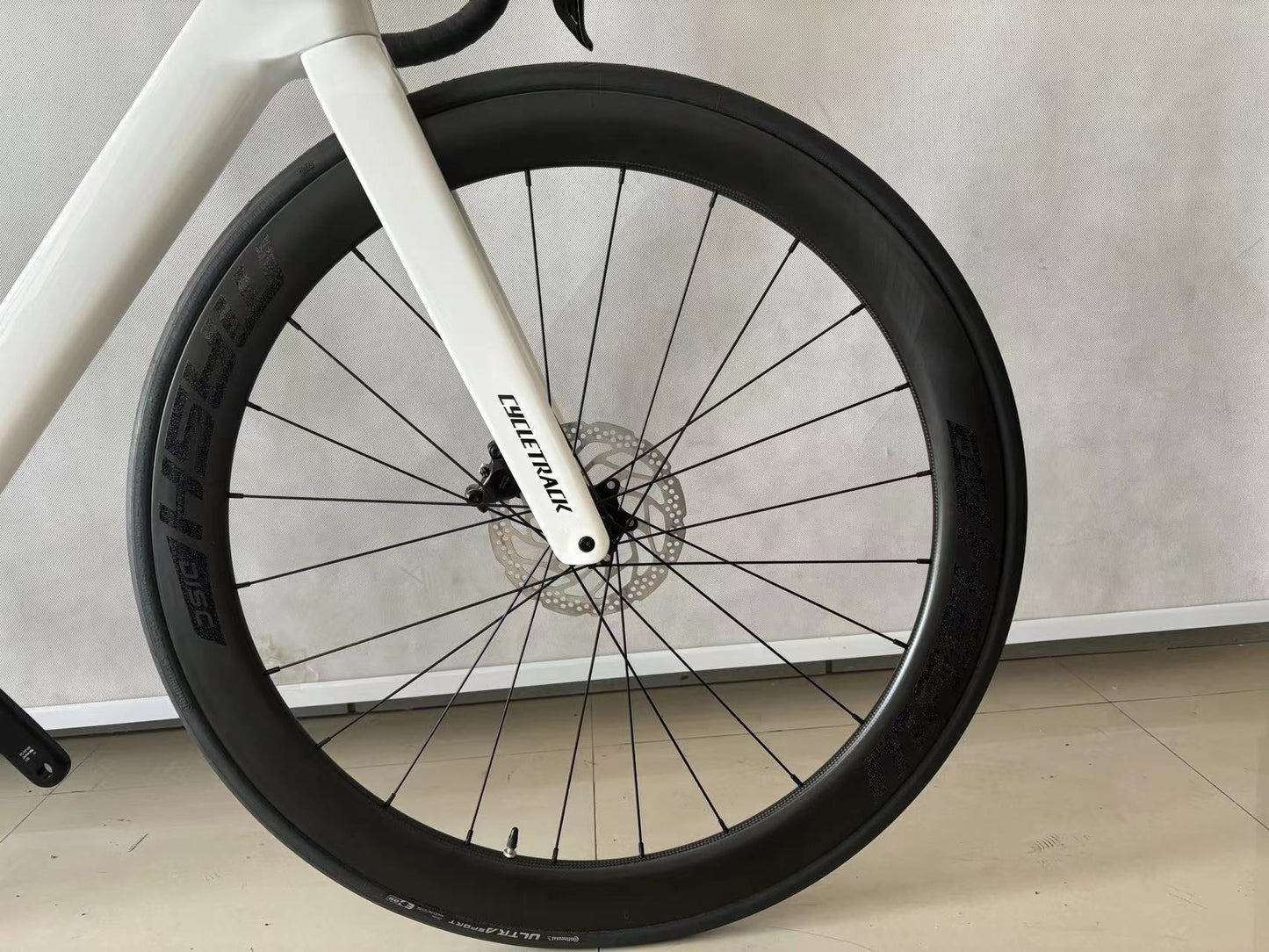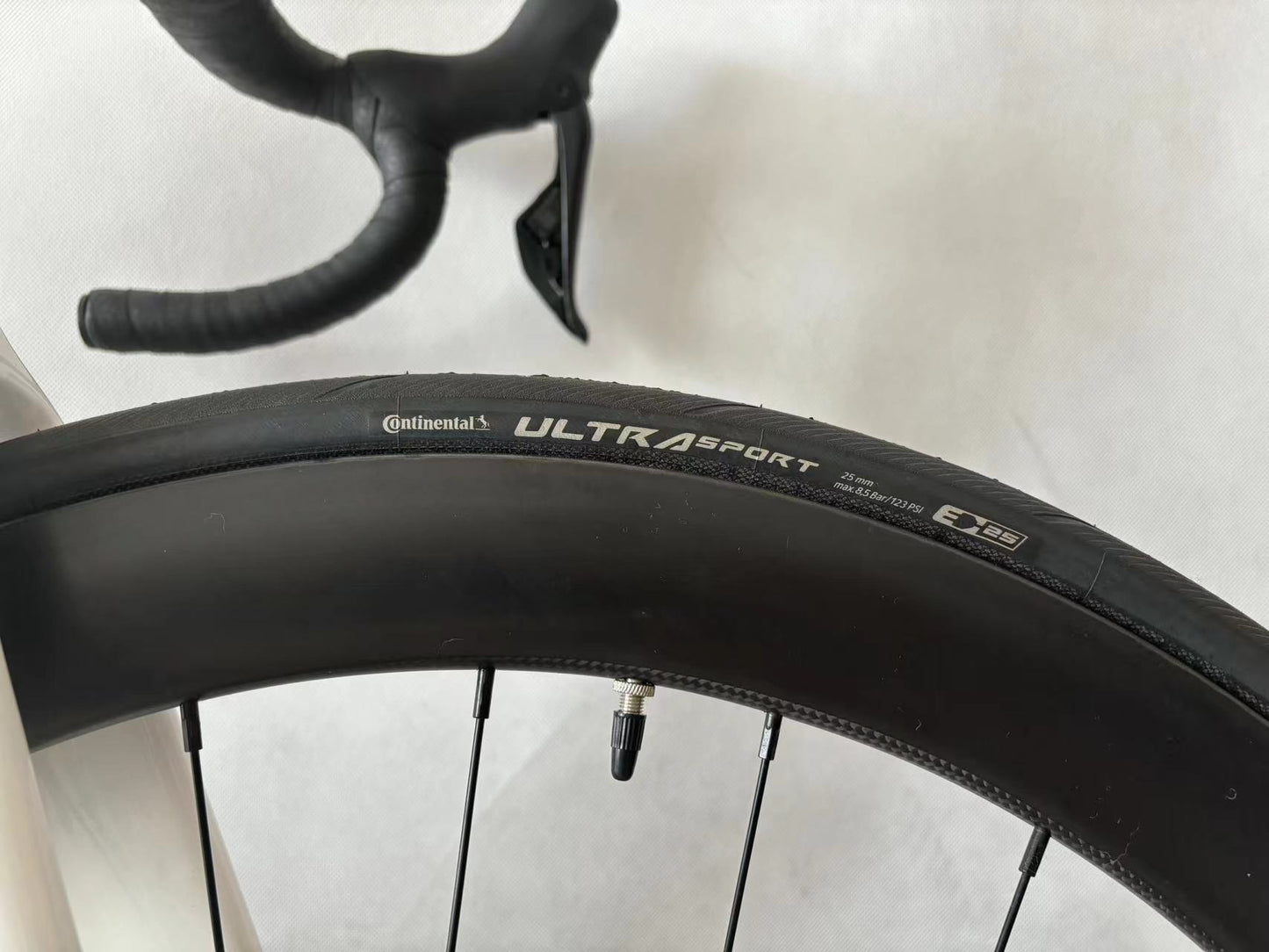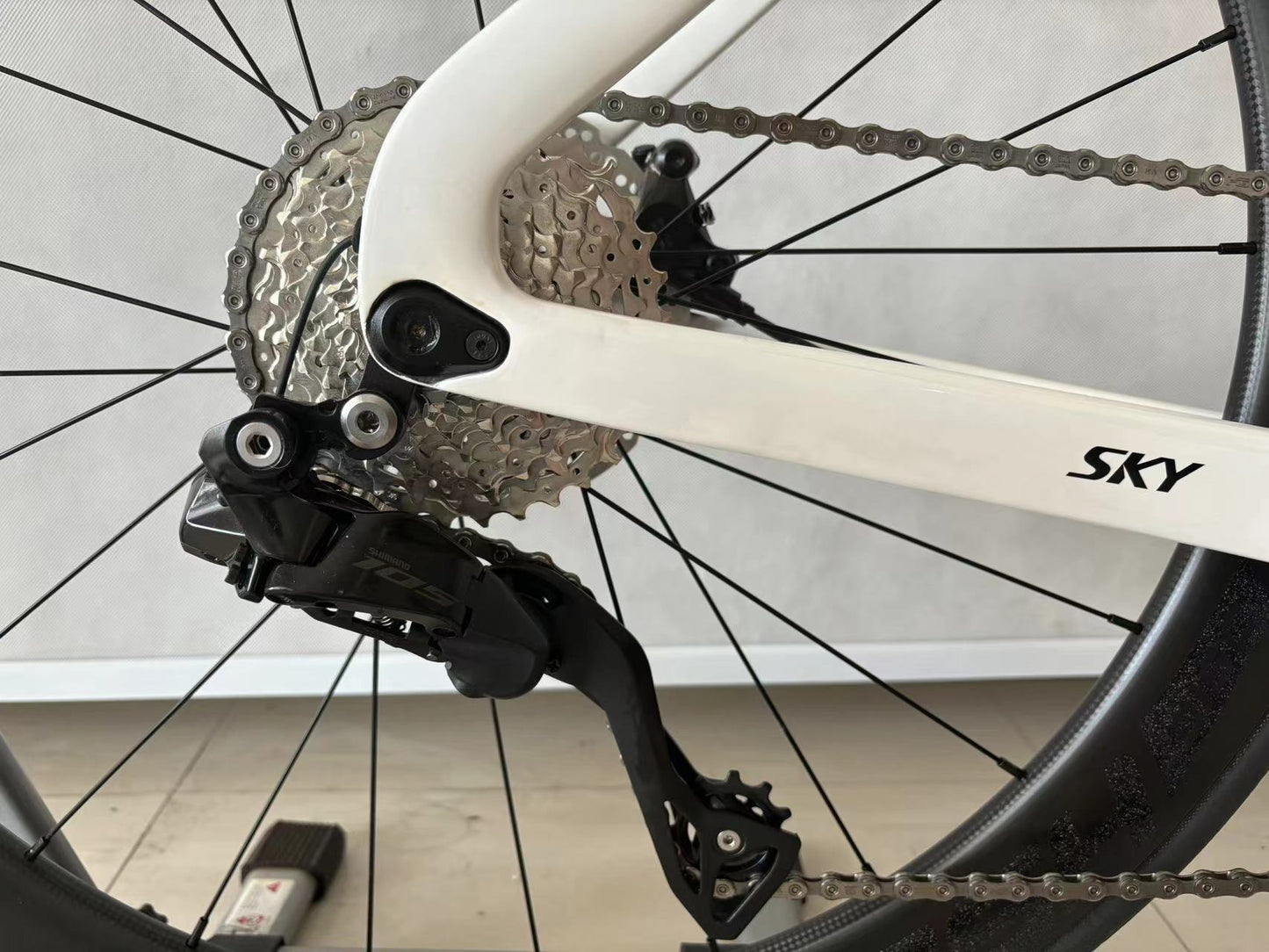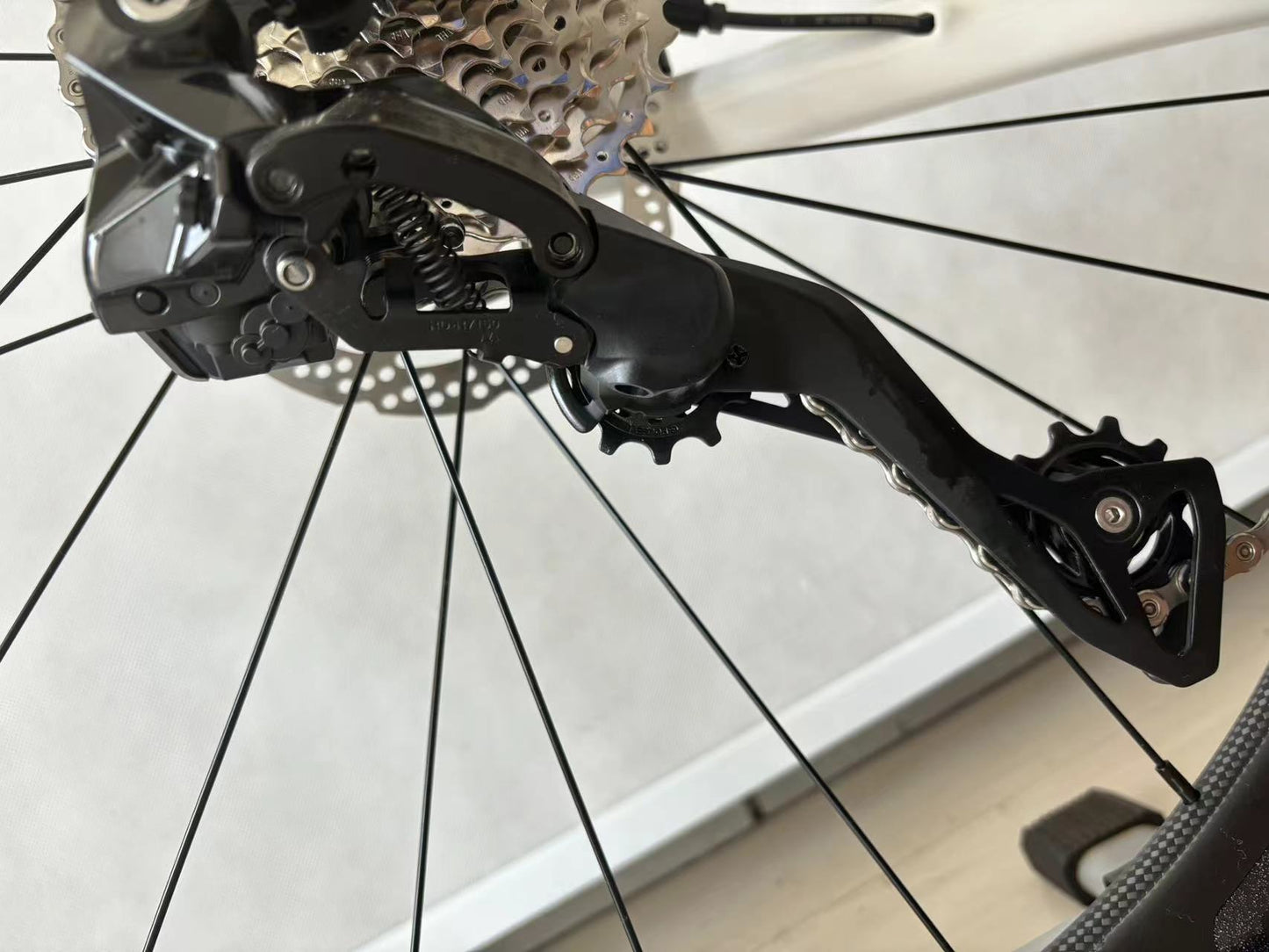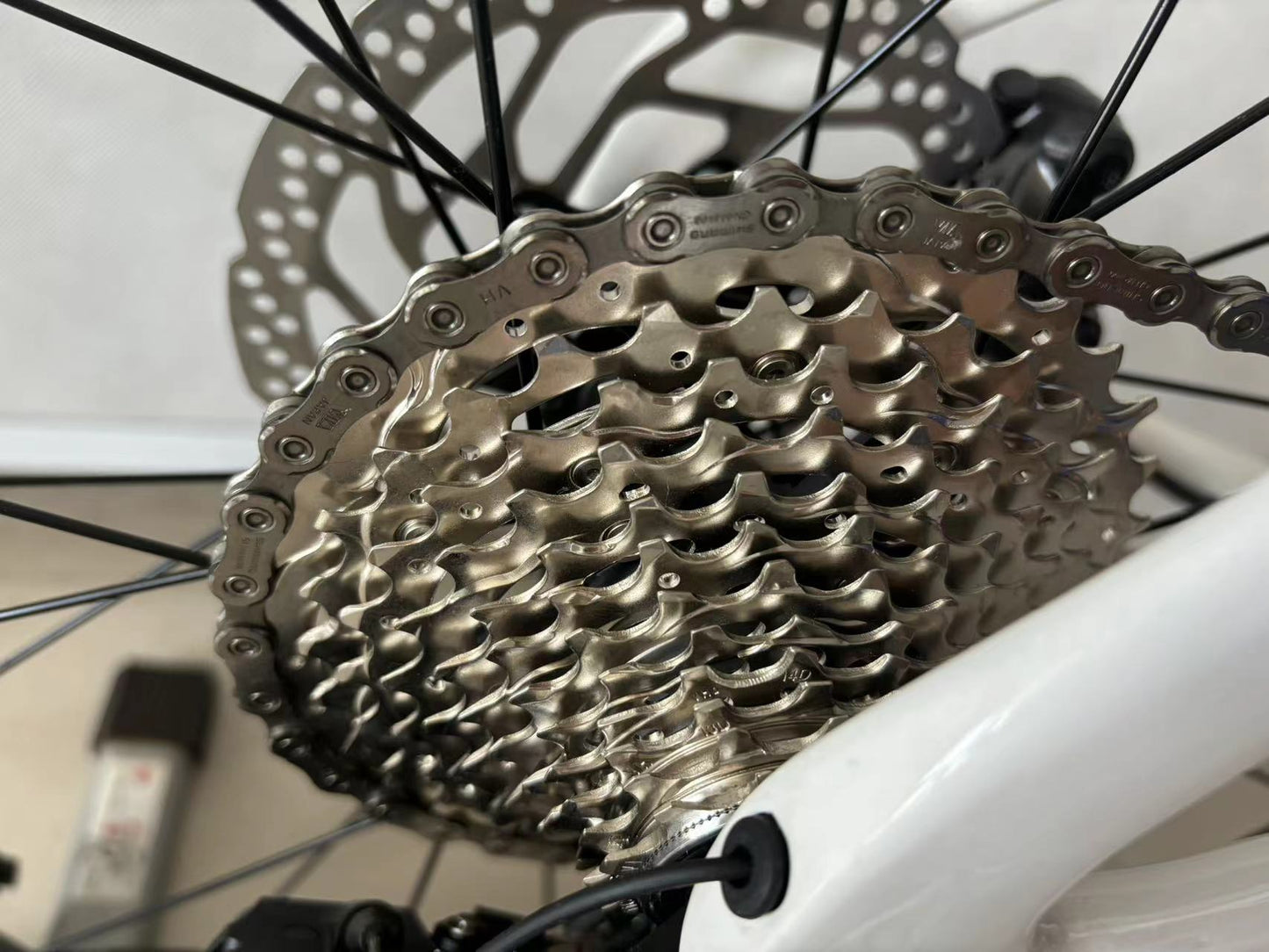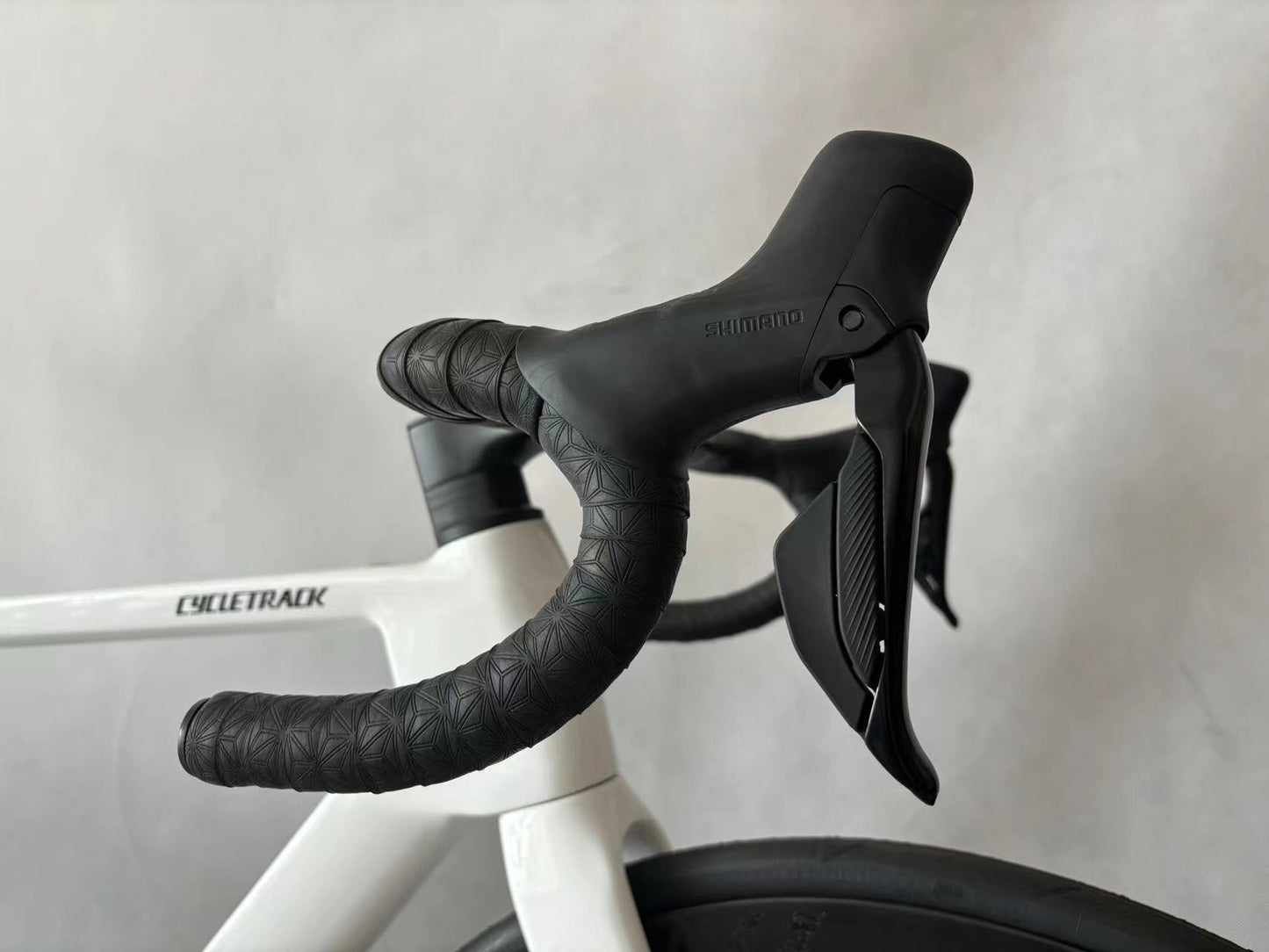When choosing a commuting bike for your daily work commute, the type of bike you select largely depends on the riding distance, the smoothness of the road surface, the terrain, and your preferences for certain factors. Now, let's take a look at how to choose a commuting bike that suits you.
All-Road Bikes: The Best All-Rounder
All-road bikes combine the lightness of 700C wheels and the advantage of a comfortable riding posture similar to that of a mountain bike. If you want to maintain high-speed riding on good road conditions while also ensuring comfort, then you can consider using an all-road bike. However, the relatively upright riding position will result in greater wind resistance, and there is still a certain gap in speed compared to road bikes.
Folding Bikes: If Your Commute Involves Connecting with the Subway
Folding bikes are particularly suitable for short-distance rides. Especially when the parking space for bicycles is limited or when you need to transfer with other means of transportation, the compact size of folding bikes makes them the ideal choice for this type of commute. However, due to the use of smaller wheels, their stability is not as good as that of bikes with larger wheels, and they are also at a disadvantage in terms of speed.
City Bikes: If You Don't Want to Bother Too Much
This type of bicycle is quite popular in the Netherlands. They have a classic and casual appearance and require almost no maintenance. On the other hand, they are generally equipped with fenders and chain guards to prevent clothes from getting dirty during the commute. Some are also equipped with internal hub gears, cargo baskets, bells, and kickstands. Due to these features, they are heavier and not suitable for routes with many uphill sections. Also, they are not particularly inexpensive.
Because of their low-key appearance, these bikes are less likely to be targeted by thieves. (Editor's note from Bicycling Magazine: These foreigners obviously underestimate the thieves in China.)
Road Bikes: If You Need to Travel at High Speeds on Good Road Surfaces
Their lightness, high speed, and high-profile appearance have won the favor of many young people. The narrow tires and lightweight wheels allow them to travel through the city at a faster speed. However, this also makes them more vulnerable to damage when colliding with curbs or going over potholes. So, you need to be more vigilant during the ride.
At the same time, because they are quite valuable, thieves also prefer this type of bike. You need a sturdy lock to delay the time it takes for thieves to steal it. Also, you need a small backpack to conveniently carry various items, and a pair of fenders to deal with rain. (Editor's note from Bicycling Magazine: Although adding fenders will definitely be controversial, within the scope of considering long-distance commuting, fenders are still bearable, right?)
Cyclocross Bikes: If You Need to Rush in Poor Road Conditions
Cyclocross racing originated more than a hundred years ago from private competitions among riders. The participants would compete to see who could ride to the next village first, and there were no restrictions on the route. Therefore, riders usually took the shortest straight-line distance to the destination, passing through farmlands, rivers, and grasslands, and crossing fences, stone steps, and other obstacles. From this, we can see the design concept of cyclocross bikes: maintaining a certain off-road ability while also being able to ride at high speeds on flat roads.
Most cyclocross bikes are equipped with fender mounting holes, disc brakes, a frame geometry that ensures good handling, and more durable tires. However, cyclocross bikes are still relatively niche at present, and the parts are not easy to replace.
Touring Bikes: If You Need to Carry a Lot of Luggage
When a bicycle is used as a means of transportation, a touring bike is a very practical type. It is equipped with a sturdy rack to help you carry more luggage. It also has tires with stronger puncture resistance than road bikes. And based on its frame geometry, it is easier to observe the surrounding traffic conditions on a touring bike. At the same time, the strong carrying capacity and durability of touring bikes can also meet the needs of short weekend trips.
Mountain Bikes: If You Commute on Rough Roads
The relatively comfortable riding posture and shock-resistant characteristics have always made mountain bikes a popular choice for commuting. Many cyclists who use mountain bikes for commuting are satisfied with the reliability brought by the disc brakes that provide strong braking force. The good grip provided by the toothed outer tires can also meet the riding needs off the road. However, this will also reduce the speed on flat roads.
Electric-Assist Bikes: If There Are Many Uphill Sections on the Road
A 250W motor can help you provide greater acceleration when the traffic light turns green, and it can also save a lot of energy when going uphill. The electric-assist bike locks the assist speed threshold at 20KM/H and has a low-key appearance, so it will not be regarded as an electric scooter by the traffic police. If you don't want to arrive at the office all sweaty, then an electric-assist bike is a good choice.
It is worth noting that electric-assist bikes need to always maintain sufficient battery power. Due to the weight of the motor and battery, the weight of the bike is not an advantage compared to an ordinary bicycle. Riding a heavy bike by human power alone is quite a test of physical strength.


